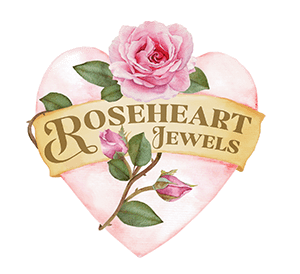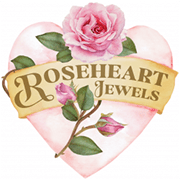Gemstone Qualities
Ruby
For all of the old cultures of Europe and India, Ruby was hailed as the stone of the sun, having two magical elements associated with it : Fire and Blood. For the human being, this translates to inner fire, life force, love and passion. These qualities, along with the mystical beauty and rarity of the ruby have made it one of the most valuable gemstones on Earth.
For a long time, India was the main source of rubies. Corundum, the mineral family ruby belongs to, is derived from the Sanskrit word ‘Kuruvinda’. The Sanskrit word for ruby is ‘Ratnaraj’, ‘king of the gemstones’ and ruby was indeed honoured as a royal entity. Whenever a beautiful specimen was found, the ruler of the region sent dignitaries out to meet the precious gemstone and welcome it with fanfare. Rubies still decorate the insignia of many royal households.
Corundum is one of the hardest minerals on Earth, second only to the diamond. Pure corundum is colourless and slight traces of elements such as chrome, iron, titanium or vanadium cause the colour. The red corundum is called ruby, all other colours being classified as sapphires. This close relationship between the ruby and the sapphire has only been known since the beginning of the 19th century. Up to that time, red garnets or spinels were also thought to be rubies, however we now know that the ‘Black Ruby’ and the ‘Timur Ruby’, two of the British Crown Jewels, are not actually rubies but spinels.
Some rubies display a wonderful silky shine, the ‘silk’, caused by very fine needles of rutile. Occasionally the mineral rutile forms a star-shaped deposit within the ruby, causing a beautiful light effect known as asterism. If rubies of this kind are cut as half-dome shaped cabochons, the result is a six-spoked star which seems to glide magically across the surface of the stone when it is moved. Star rubies are precious rarities, their value depending on the beauty of the colour and the perfection of the star. A huge 100 carat, star ruby, known as the De Long ruby, one of the most stunning ever found, is housed at the American Museum of Natural History in New York. In 1964 Allan Kuhn, New York underworld gangster, teamed up with Jack Murphy, legendary American national surfing champion, to steal the ruby along with other famous gems, in a daring heist, later made into a movie. Their boasting however, led to their capture but the famous ruby had to be bought back under ransom from gangsters, a year later.
The red of a ruby may have very different colour nuances depending on its origin. A ‘Burmese ruby’, describes the most sought after colour, regardless of where it comes from in the world. It indicates a rich, full red with a slightly bluish hue, sometimes referred to as ‘pigeon-blood-red’. This colour is associated with the legendary ‘Mogok Stone Tract’ the ‘Valley of the rubies’ in the North of Myanmar, where the country’s famous ruby deposits lie in a mountain valley surrounded by high peaks. Ruby deposits are now found in many parts of the world but fine and clear rubies of good colour, purity and size are very rare. The chromium which causes the luminous red colour, also has an inhibiting effect on the growth of the stone, keeping the best specimens usually quite small.
Rubies of inferior colour or severely included, are commonly heat treated or dipped in a bath of very hot silicon glass, which fills the microscopic inclusions and enhances the dull colour to a pretty hue, worthy of any famous ruby. This has made real rubies available at a low price, to many people who would otherwise not be able to afford this precious stone of the heart. Any good jeweller will tell you which stones are heated or silicon treated. I personally love these treated stones for their vivacity and price ! But beware the fake, totally synthetic stones, which do not start out in mother earth but are grown in laboratories. These are not and never were gemstones. Many lower quality rubies are made into beads and opaque semi-precious stones, which are also very real and carry the ruby energy.
Michael Gienger tells us that Ruby is a “life-loving” stone, giving style, vigour and passion but preventing self-destructive tendencies. It gives healthy tension and dynamism, bringing enough enthusiasm to rid us of lethargy but has a balancing effect on hyperactivity. It rejuvenates and also stimulates sexual activity. Ruby is a wonderfully social stone, leading to joyful commitment to all social tasks. It makes us awake and aware in thought and action, able to perform well and be courageous and spontaneous.
Physically ruby stimulates the spleen, adrenal glands, and circulation. It helps with intestinal and infectious diseases, and encourages fever when needed to throw off illness. I personally wear ruby a lot. If I am working long hours and travelling for the shop, I have a tendency towards low blood pressure, which is lifted within minutes of donning my ruby necklace. I’ve tried it out on others too and it works like magic.
Article by Donna Mills
Research on the therapeutic qualities of the gemstones carried out by Michael Gienger.


